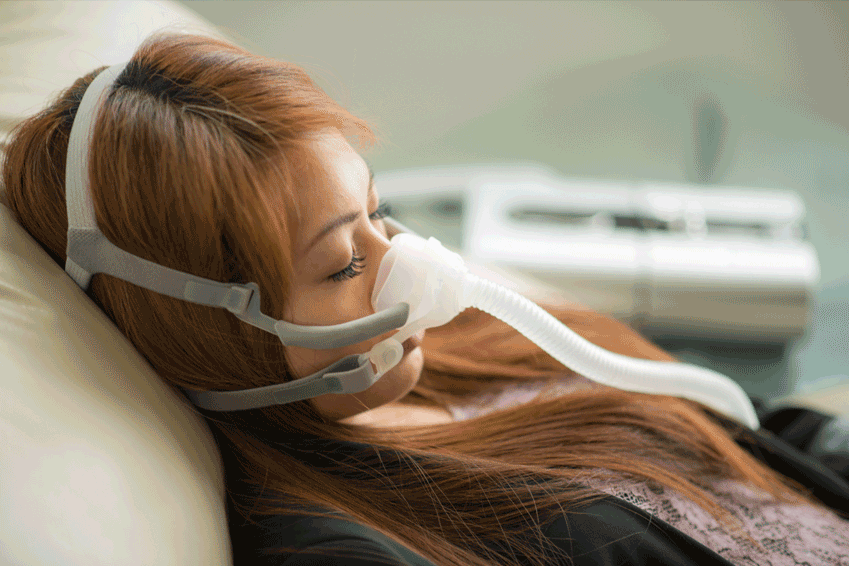
For adults and children alike, adequate, uninterrupted sleep is essential for leading a normal productive life. Are you really getting the sleep you need? Take a look at these common questions…
What is sleep apnea?
Sleep apnea is a brief cessation of breathing during sleep. The most common form of apnea is obstructive sleep apnea (OSA). OSA is caused by obstruction of the airway, which could involve the nose, mouth and tongue, or the throat. These obstructions result in the stoppage of breathing. If breathing stops for more than 10 seconds, it is referred to as an apneic event. If you have more than 5 events occur per hour, you are considered to have apnea.
What is sleep disordered breathing?
One does not have to have apnea to have a sleep / airway problem. Sleep-disordered breathing (SDB) refers to all conditions that are a result of altered breathing during sleep.
What are other types of sleep disordered breathing?
Some of the conditions that fall under SDB are snoring, upper airway resistance, frequent arousal, restless leg syndrome, periodic limb movement, parasomnias (night terrors, sleep walking, sleep paralysis, etc.) and others.
What are the symptoms of SDB?
There is a range of symptoms. A bed partner easily recognizes snoring and apnea. Snoring is terribly annoying and can lead partners to sleep in separate rooms. Apneic events, including choking, gasping and long pauses without breathing, can frighten any witness. The person suffering these events may not even be aware they are occurring. They may feel tired in the morning; fall asleep while sitting in a theater or even while driving. (Take the Epworth Sleep Test). It is important to note that SDB has been shown to a factor in heart disease, high blood pressure, cardiac arrhythmia, diabetes, stroke, sexual performance, and other chronic health issues.
What treatments are available?
Accepted treatments are: CPAP, oral appliances and surgery.
When can I use a dental appliance or a CPAP? Can I use both?
CPAP treatment can be used for all apnea cases. Oral appliances are recommended only for mild and moderated apnea. In some cases, a combination of treatments produce the best results.
What treatments are available to restore the airway structure?
Treatments for apnea deal with managing the apnea. For those opposed to having to wear an appliance or CPAP for the rest of their lives, there is hope. The AAPMD advocates multidisciplinary evaluation for SDB. A team approach employing ENT, allergy, orthodontic, myo-functional and airway-restorative dentistry, along with weight loss and dietary changes, can reduce or eliminate SDB. A very specialized jaw surgery is available for extreme cases.
What prevention action is available?
The AAPMD believes that increased awareness and early childhood intervention can optimize growth and development, and protect, maintain and restore the airway.
